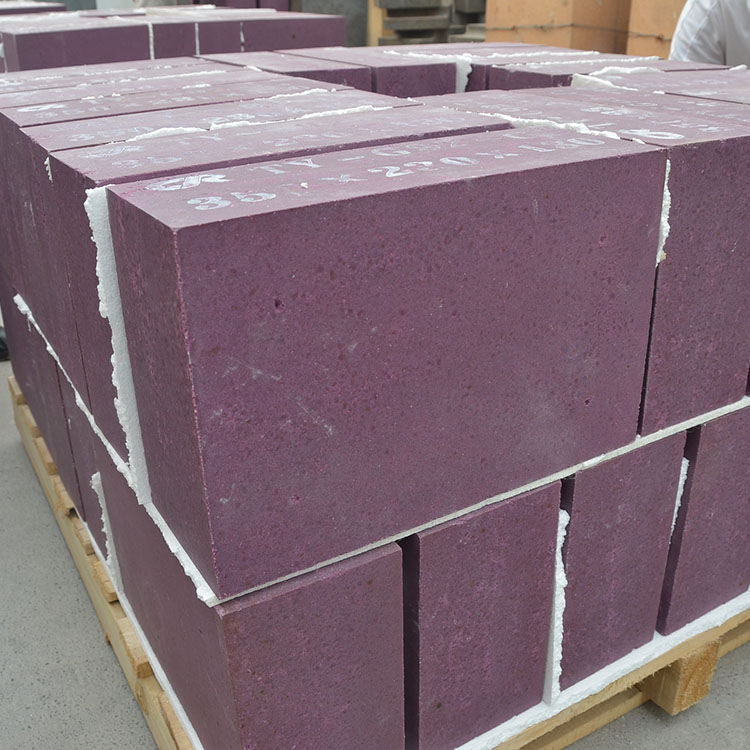
In the ceramic industry, high - temperature kilns are the core equipment for ceramic firing. These kilns operate in extremely harsh environments, facing challenges such as high temperatures up to 1300 - 1600°C and strong chemical corrosion from various ceramic raw materials and combustion products. Traditional refractory materials, such as clay bricks and silica bricks, often struggle to meet the long - term operational requirements under such conditions.
For example, clay bricks have relatively low refractoriness and poor chemical stability. In high - temperature and corrosive environments, they are prone to wear and corrosion, with an average service life of only 1 - 2 years. This short service life leads to frequent kiln repairs and replacements, which not only increases production costs but also affects production efficiency.

High - temperature refractory corundum bricks are made of high - purity corundum raw materials, endowing them with excellent physical and chemical properties.
In a large - scale ceramic factory in Italy, the original traditional clay bricks in the kiln had a service life of only 1.5 years, and the kiln needed to be shut down for maintenance every year, resulting in a significant loss of production time. After replacing with high - temperature refractory corundum bricks, the service life of the kiln was extended to more than 5 years. At the same time, the quality of ceramic products was improved, and the defective rate was reduced from 8% to 3%.

| Refractory Material | Service Life (Years) | Annual Maintenance Cost ($) | Overall Economic Benefit ($) |
|---|---|---|---|
| Traditional Clay Bricks | 1 - 2 | 10,000 - 15,000 | - 50,000 (including production losses) |
| High - Temperature Refractory Corundum Bricks | 5 - 8 | 2,000 - 3,000 | + 80,000 (including quality improvement benefits) |
From the above comparison, it can be seen that although the initial investment in high - temperature refractory corundum bricks is relatively high, their long service life and low maintenance cost bring significant overall economic benefits in the long run.
For small - scale ceramic enterprises with limited production volume and budget, they can choose to use corundum bricks in key parts of the kiln, such as the burner area and the product contact area, to improve the performance of the kiln without a large - scale investment.
For large - scale ceramic enterprises with high - volume production and high - quality requirements, full - scale use of high - temperature refractory corundum bricks can ensure long - term stable operation of the kiln, improve product quality, and enhance market competitiveness.
.jpg)
In summary, high - temperature refractory corundum bricks have significant advantages over traditional refractory materials in terms of performance and cost - benefit. They can effectively improve the service life of ceramic kilns, enhance product quality, and increase production efficiency, bringing huge economic benefits to ceramic enterprises.
If you are looking for a high - performance refractory material to enhance your ceramic production, don't hesitate to contact us. Our professional team will provide you with the most suitable solution and professional technical support.


